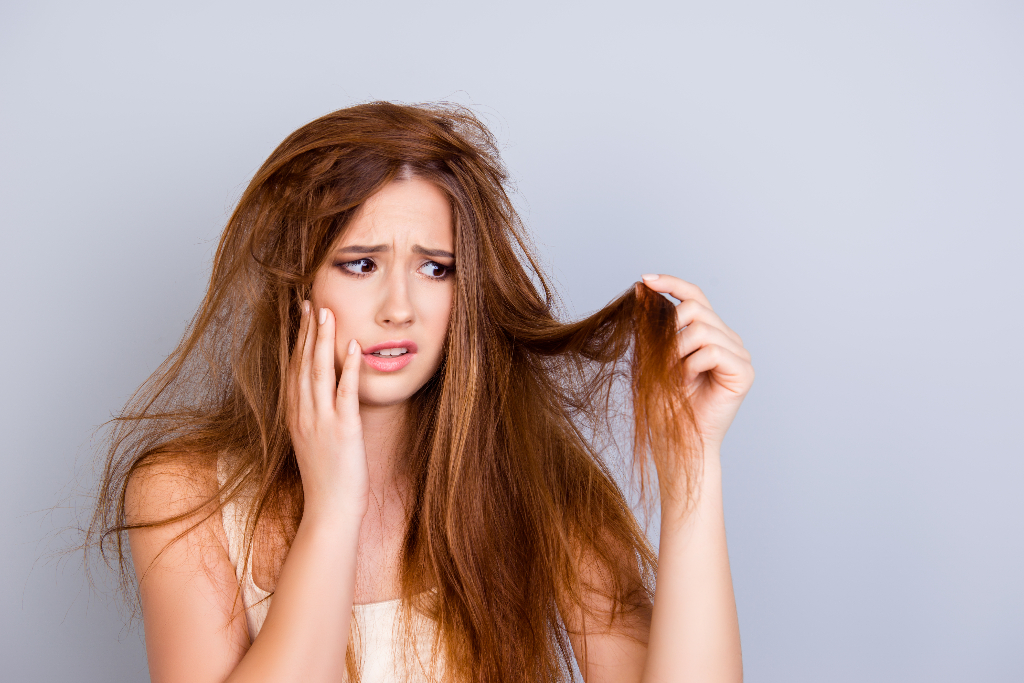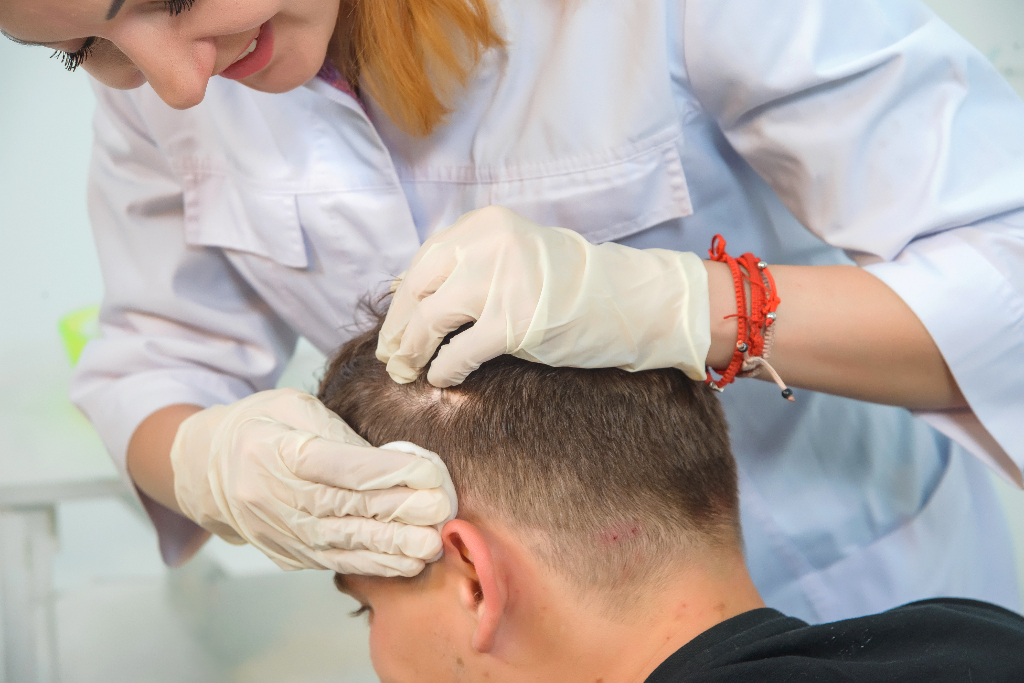A common way to increase hair length or volume is with extensions. Hair bonding glue is an easy way to place extensions. Many people have used this as this is indeed an effective and long-lasting technique for attaching a weave.
If you’re considering using hair bonding glue, it’s essential to know the pros and cons. This post will explore everything you need to know about hair bonding glue. So, let’s get started!
What is hair bonding glue?
Hair bonding glue is a type of adhesive that is used to attach hair extensions. It is applied directly to the scalp and bonding area of the hair extension. This hair bonding glue is not just any other typical glue on the market as this is made of various materials, such as latex, rubber, keratin, and hair dye.
It’s important to note that not all hair bonding glues are created equal. Some are stronger than others, and some are designed for specific hair types. So, if you plan on buying this product, you must know first what product suits you.
What are the benefits of using hair bonding glue?
When used properly, hair bonding glue can be a safe and effective way to wear hair extensions. If you don’t feel like your hair is strong enough to hold up under the weight of hair extensions, bonding glue can help. Some of its benefits include the following:
- Help you achieve a seamless look – Bonding glue can be a great way to achieve a seamless look. If you’re worried about your hair extensions showing, bonding glue can help keep them hidden.
- On-the-spot result – If you are looking for an on-the-spot effect for your hair, hair bonding glue is the best one to use. It will not only help you achieve the hair length you want, but it will also give you a natural hair appearance.
- Efficient solution for baldness – For bald people, using hair bonding glue would be the best solution to their bald problem. This is indeed effective in achieving your dream hair look.
What are the risks of hair bonding glue?

Despite the benefits it can offer to the customer, hair bonding glue comes with various risks. The following are some of its disadvantages:
Irritation
One of the most common risks associated with hair bonding glue is scalp irritation. If you have a sensitive scalp, you may experience redness, itching, or burning after using this product.
Allergic reaction
Another risk of hair bonding glue is an allergic reaction. If you’re allergic to latex, rubber, or any other materials used to make this product, you should avoid using it. Latex allergies are prevalent, so make sure you read the label.
If you are allergic to hair bonding glue, you may experience redness, swelling, itching, or hives. In severe cases, anaphylaxis may occur. If you experience any of these symptoms, you should seek medical attention immediately.
Hair loss
You may experience hair loss if you don’t apply the glue correctly or if it is left on for too long. If hair bonding glue is not removed properly, it can also lead to scalp damage and baldness. So don’t rush the process.
How long does hair bonding glue work?
Hair bonding glue is not permanent. It will eventually wear away and need to be replaced. You can expect to replace your hair bonding glue every 4 to 6 weeks.
How do I remove hair bonding glue?
If you want to remove hair bonding glue, you’ll need to use a solvent. The most common type of solvent is acetone, which can be found in nail polish remover. Acetone will dissolve the glue and allow you to remove it from your hair.
It’s important to note that acetone can be harsh on your scalp, so be sure to use it sparingly. You can also purchase a hair bonding glue remover from your local beauty supply store.
How to use hair bonding glue safely

If you decide to use hair bonding glue, there are some things you need to do to ensure that you use it safely.
1. Choose the right type of glue
All hair bonding glue should not be used by everyone. Make sure to choose a glue that is designed for your specific type of hair.
2. Do a patch test
Before you use hair bonding glue on your entire head, it’s important to do a patch test at least 24 hours ahead of time. This will help you ensure that you’re not allergic to the glue.
3. Follow the instructions
It’s important to follow the instructions on the hair bonding glue bottle. If you don’t, you could end up damaging your scalp or hair.
4. Remove the glue properly
When it’s time to remove your hair extensions, it’s important to do so carefully. You don’t want to pull your hair out along with the extensions.
5. Be careful with heat
You should also be careful when using heat on your hair extensions. If the glue is not designed for heat, it can melt and cause damage to your hair.
Is there an alternative to hair bonding glue?
If you’re not comfortable with the idea of using hair bonding glue, there are some alternatives.
One alternative is tape-in hair extensions. These extensions are applied with medical-grade tape that is safe for your hair and scalp.
Another alternative is clip-in hair extensions. These extensions are easy to apply and remove and don’t require any glue.
If you’re looking for a more permanent solution, you can try fusion hair extensions. These extensions are bonded to your natural hair with a keratin-based adhesive.
No matter what type of hair extension you choose, you must consult a professional to ensure that it’s applied correctly and safely.
Hair bonding glue can help when you use it correctly
In summary, hair bonding glue can be a great way to keep your hair extensions in place. It is the least expensive option and can be done at home. However, there are some risks associated with hair bonding glue, so it’s essential to use it carefully to avoid any damage to your scalp or hair.
Consult with a hair professional before using hair glue. They can help you choose the right type of glue and make sure it’s applied correctly.

